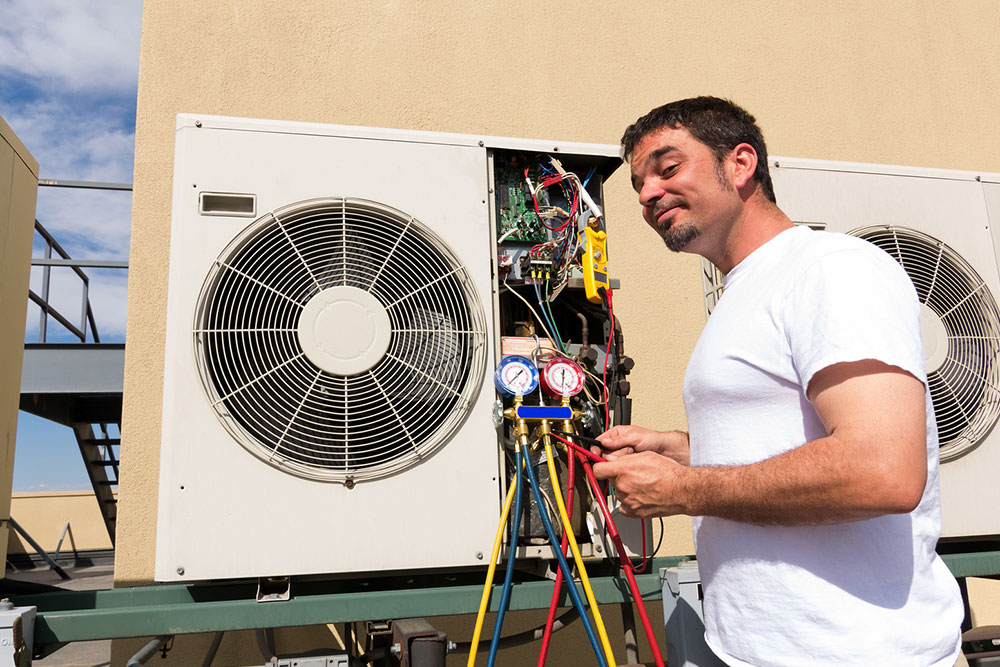Comprehensive Guide to High School Education Pathways and Diplomas
Explore the different pathways in high school education, including public, private, and international options. Learn about preparatory types, diploma tracks, and costs to make informed decisions for academic and vocational futures. This comprehensive guide helps students and parents understand educational choices in the country, emphasizing flexibility, curriculum, and career readiness options.

High school education in the country, known as preparatoria, caters to students aged 15 to 18, covering grades 10 through 12. After completing secondary education (secundaria), students can choose from different preparatory programs, either through the SEP (Secretaría de Educación Pública) or through universities, depending on their location. Additionally, students may select technology or commerce tracks, providing foundational skills for vocational careers.
Overview of preparatory schools
Most students view high school as a stepping stone toward higher education. Schools offer diverse curricula including sciences, arts, technical skills, research methods, and language studies, aiming to prepare students comprehensively.
This level typically spans two to three years, divided into six modules, depending on the school's structure.
Types of preparatory institutions
Students mainly choose between two types of programs—those governed by SEP and those integrated with universities.
1. SEP-affiliated High Schools
The Secretaría de Educación Pública (SEP) manages high school programs nationwide, setting standards, creating curricula, and providing resources like textbooks. These schools include traditional brick-and-mortar institutions and open schools that support self-directed learning, where students study independently via printed and audiovisual materials.
2. University-affiliated High Schools
Some preparatories are connected directly to universities, which often set the curriculum. Additionally, international schools, often teaching in English or in the language of their home country, cater mainly to expatriates and tend to be more expensive. These schools may offer in-person or online classes, giving students flexibility to study remotely, which benefits gifted students, homeschoolers, and traveling students.
High school diploma options
Students can choose between two main diploma tracks: academic university preparatory programs and technical-vocational education.
1. Academic Track
This pathway provides a general curriculum in the initial two years, followed by a specialization in fields such as biology, chemistry, psychology, arts, or law. Learning a foreign language is compulsory. Upon completion, students receive a certificate and transcripts necessary for university admission.
2. Technical Vocational Education
This track prepares students for immediate employment, combining general education with technical training. It lasts from two to four years, culminating in a Professional Technician title (Título de técnico profesional). This route is considered terminal and does not automatically grant university access.
Students seeking a middle ground can attend Technological High Schools (Bachillerato tecnológico), which focus on specific technological fields. Graduates earn a certificate and a professional degree, with the option to pursue university studies later.
Cost considerations
Public high school education is free, though students often pay for textbooks and supplies. Private and bilingual schools charge varying tuition, including admission, registration, transportation, and extracurriculars. Bilingual schools, often in major cities and catering to expatriates, tend to be the most expensive.









